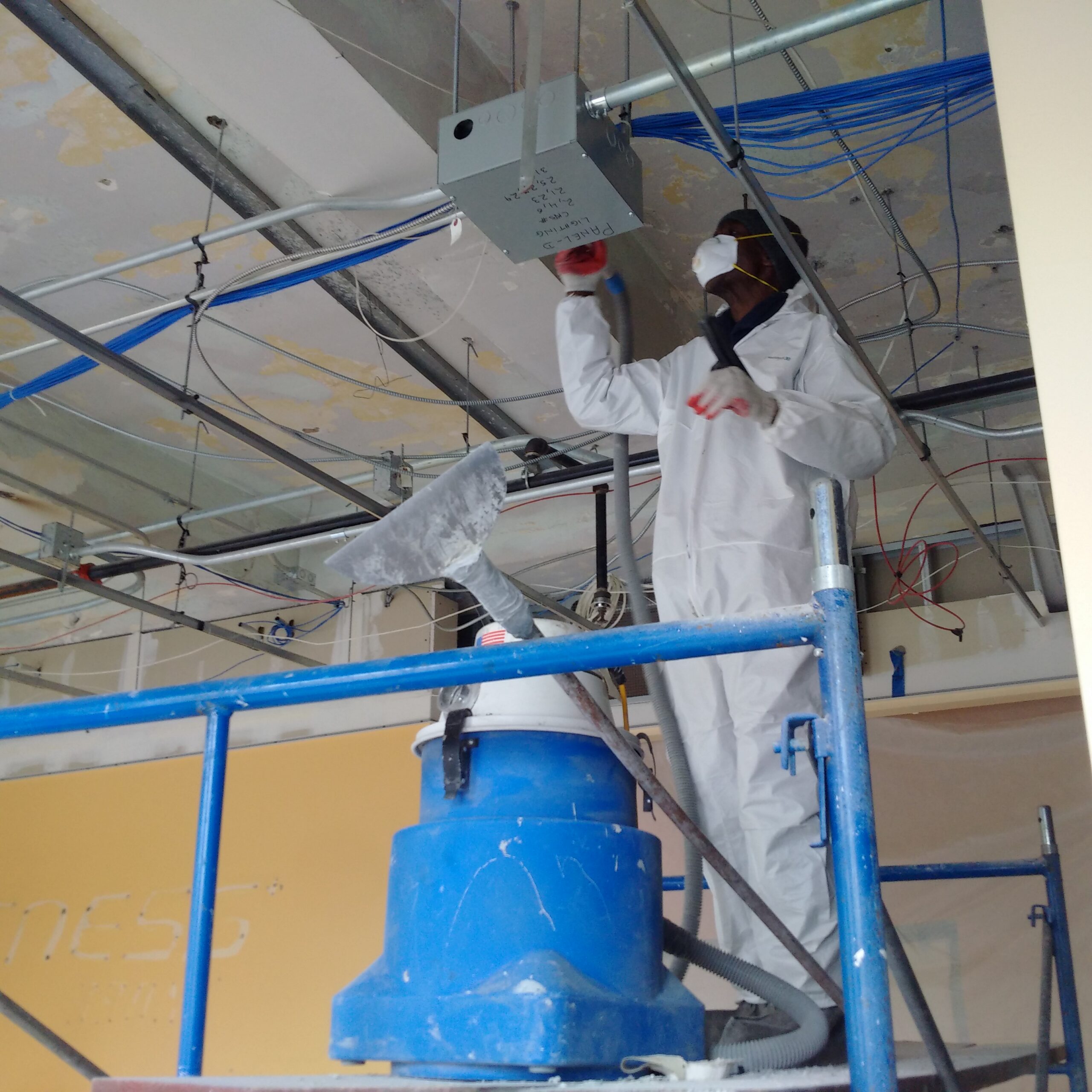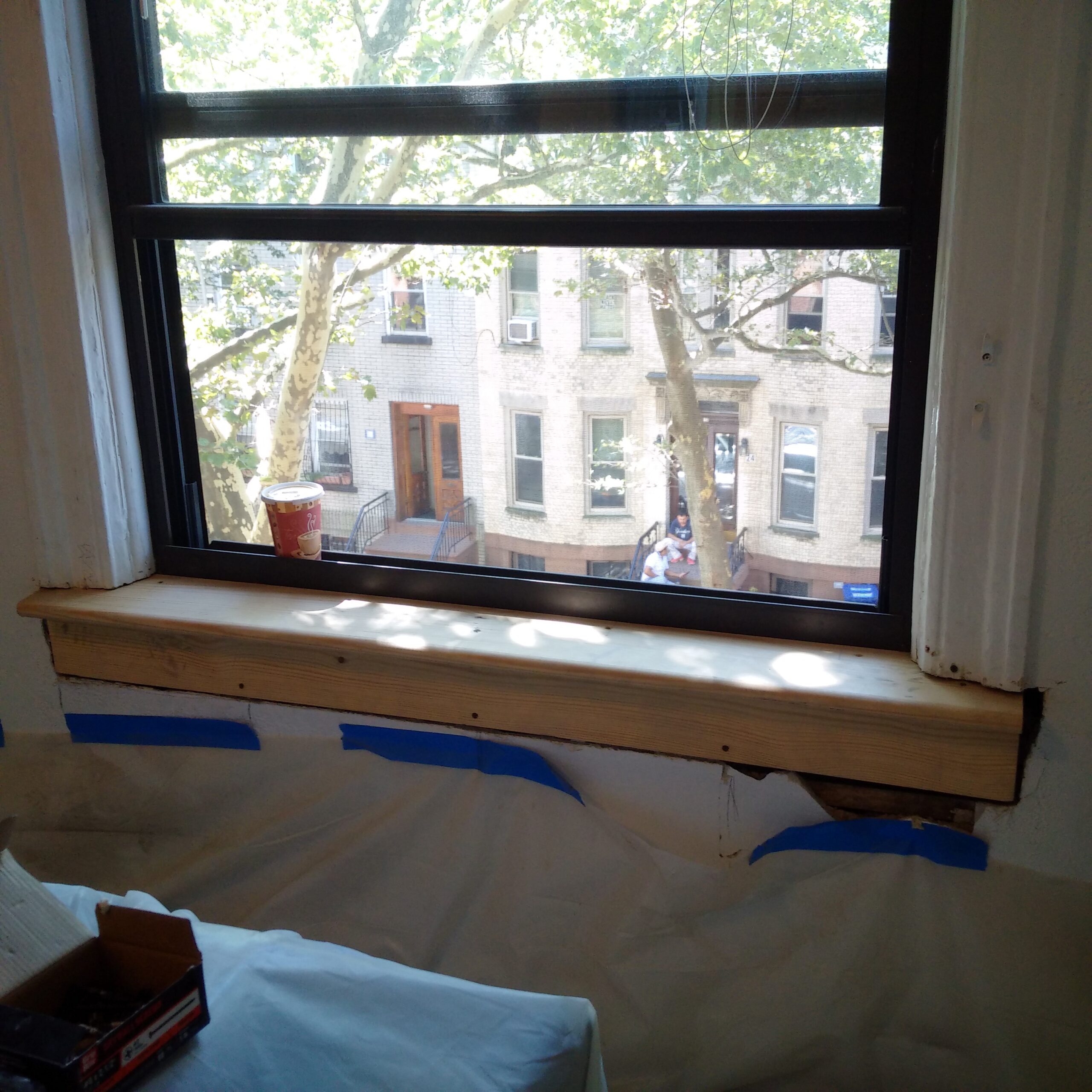DOH & HPD Lead Violation Removal NYC-- Specialist Providers for Conformity
DOH & HPD Lead Violation Removal NYC-- Specialist Providers for Conformity
Blog Article
Comprehensive Overview on Effective Lead Infraction Elimination Techniques
In the realm of environmental safety, addressing lead offenses requires a thorough and structured technique. This thorough overview begins by highlighting the crucial first actions of determining lead dangers through sophisticated assessment and testing techniques. Techniques such as XRF evaluation and dirt clean tasting are indispensable in identifying contamination sources. The guide specifies on the importance of adhering to rigid safety and security procedures during the removal procedure, including the use of appropriate PPE and separating impacted areas. The subsequent sections guarantee to go over post-removal verification and preventative approaches, ensuring long-term security and conformity. Discover the elaborate details that make these techniques not just reliable yet important.
Determining Lead Hazards
Determining lead dangers is an important first action in reducing the threats associated with lead direct exposure. Lead, a toxic steel, can be present in different ecological tools, consisting of paint, dirt, water, and dirt.
The preliminary phase in determining lead risks involves understanding typical lead sources within the developed atmosphere. Frameworks constructed before 1978 are especially vulnerable as a result of the prevalent usage of lead-based paint during that period. In addition, soil contamination can occur from wearing away exterior paint, commercial discharges, or historical use of leaded gas.
One more significant source is lead piping and pipes components, which can seep introduce alcohol consumption water. Customer products such as playthings, porcelains, and imported products may likewise contain unsafe lead levels. Especially, job-related atmospheres and hobbies including lead can track contaminants into homes.
Assessment and Screening
When attending to lead hazards, effective analysis and screening are extremely important. First evaluation usually includes an aesthetic examination to determine possible lead sources, such as deteriorating paint or contaminated dust.

Dirt wipe tasting is an additional vital technique, especially in domestic settings. By accumulating examples from floorings, windowsills, and other surface areas, this method gives understandings right into possible direct exposure risks. Furthermore, dirt testing around building boundaries is vital to discover lead contamination that might posture hazards, especially to youngsters.
Safe Elimination Treatments
Upon finishing comprehensive analysis and screening, implementing risk-free elimination procedures is the next vital phase in dealing with lead hazards. This process makes certain that lead-contaminated products are efficiently and securely eliminated, decreasing threat to both employees and citizens. The initial step entails isolating the damaged location utilizing plastic sheeting and appropriate sealing strategies to avoid the spread of lead dirt.
Workers have to put on appropriate individual safety tools (PPE), including respirators, gloves, and disposable coveralls, to mitigate direct More hints exposure. Employing specialized devices and wet techniques, such as wet sanding or utilizing HEPA-filtered vacuum cleaners, minimizes the dispersion of lead bits. It is vital to avoid dry fining sand or unpleasant blasting, as these techniques can produce damaging Bonuses lead dust.
Waste disposal is one more important element; all infected materials should be securely landed and labeled according to EPA and regional laws. Additionally, detailed cleaning of the workspace with HEPA vacuums and wet cleaning makes sure the elimination of recurring lead bits.
Post-Removal Confirmation

Confirmation of effective lead elimination, referred to as post-removal verification, is essential to make certain the security and habitability of the remediated area. This procedure includes a collection of careful evaluations and tests made to find any kind of residual lead fragments that might present wellness dangers. The preliminary step typically includes a visual inspection to examine the completion and quality of the remediation work. This inspection ensures that all recognized sources of lead have been addressed and that no noticeable indicators of contamination stay.
Adhering to the aesthetic examination, ecological tasting is carried out. This involves gathering dirt, dirt, and in some cases water examples from the remediated location. Certified research laboratories examine these samples to gauge lead degrees, guaranteeing they fall listed below the safety thresholds developed by regulative bodies such as the Epa (EPA)
On top of that, air quality screening might be performed to spot airborne lead particles, particularly in situations where comprehensive lead-based paint elimination or remodelling has happened. The outcomes of these examinations provide quantitative information confirming that this page the lead degrees are within permissible limitations.
Ultimately, post-removal confirmation acts as a critical checkpoint, validating the performance of the lead abatement initiatives and guarding the health and wellness of residents and site visitors.
Preventive Procedures and Upkeep

An essential preventative action includes the usage of lead-safe licensed service providers for any type of improvement, repair work, or painting tasks. These professionals are educated in methods that lessen lead dirt and particles. In addition, preserving coloured surface areas to prevent breaking or peeling off is important, as weakening paint can launch lead bits into the environment.
Educational initiatives targeting building owners and occupants regarding the threats of lead and the importance of reporting any kind of possible hazards can further enhance precautionary initiatives. Routine cleaning making use of HEPA vacuums and wet wiping methods can substantially lower lead dust buildup.
Final Thought
In summary, efficient lead violation removal requires a thorough technique including extensive evaluation, precise testing, and strict elimination procedures. Ongoing examinations and upkeep are important to alleviate future lead risks, thus guarding public health and making certain continual conformity with regulative requirements.
Report this page